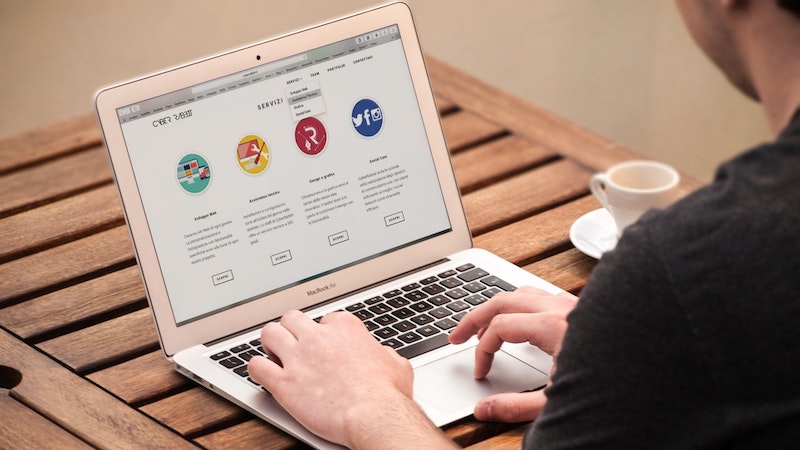The Basics of Lead Management Architecture
Episode #2 of the course Drive sales with inbound lead generation by Roy Harmon
A study by Gleanster Research found that “50% of leads are qualified but not yet ready to buy.” That means that if you aren’t nurturing your leads, you’re leaving half your sales on the table.
To avoid that, you’ll need to implement solid lead nurturing tactics that keep your brand top of mind with your prospects and send targeted messages to them when they’re ready to buy.
Creating a Lead Management Platform
Most lead generation professionals refer to the concept of a “funnel” to describe the structure of their campaigns.
A funnel is the combination of multiple components, in a way that leads your prospects to buy. For instance, you might have a funnel that looks like this:
• Your prospect finds your blog post after searching Google.
• At the end of the blog post, your prospect clicks a call-to-action (CTA) promising them an e-book.
• The CTA leads to a landing page for an e-book.
• The landing page has a form on it that your prospect fills out to get the e-book.
• Your prospect is then sent to a thank you page with the download.
And that’s just the beginning. You’ll need to build out lead nurturing sequences that speak to your prospect at each stage of the buyer’s journey.
The reason it’s called a funnel is because many people will find your blog, fewer will click the call-to-action, even fewer will download your offer, etc. The top of the funnel is broad and captures many people, but only a few make it to the bottom to purchase.
The Six Components of a Funnel
So, your maze is built out of funnels. What’s a funnel made up of? There are six key components:
• Traffic Source. This is how you initially get people into your funnel. It includes paid traffic (e.g., Google search ads or Facebook ads) and organic (e..g, blog posts).
• Call-to-Action. This is the message you’ll use to entice people to take advantage of your offer.
• Landing Page. This is where you’ll tell them how great your offer is so they’ll want to download it (and give you their contact information). It will include a form through which you’ll collect your prospects’ contact information.
• Offer. This is what’s going to persuade your prospects to give you their contact information.
• Thank You Page. Here’s where you say thanks and provide the download. You can also use the thank you page to drive them deeper into the buyer’s journey by offering a later stage of the buyer’s journey here. Or you can just get more information by providing another offer targeting the same stage of the buyer’s journey, but with different questions on the form.
• Email. You’ll send emails to see where your prospect is at in the buyer’s journey. If they downloaded a Consideration offer, you might send them a Decision offer 30 days later to see if they’re ready to buy.
Your job is to combine these components in a way that will qualify leads and drive prospects deeper into your maze so you can find out who’s ready to buy (and be there when it’s time to make a purchase).
We’ll talk more about that in the next lesson.
Recommended book
New Sales. Simplified: The Essential Handbook for Prospecting and New Business Development by Mike Weinberg
Share with friends

